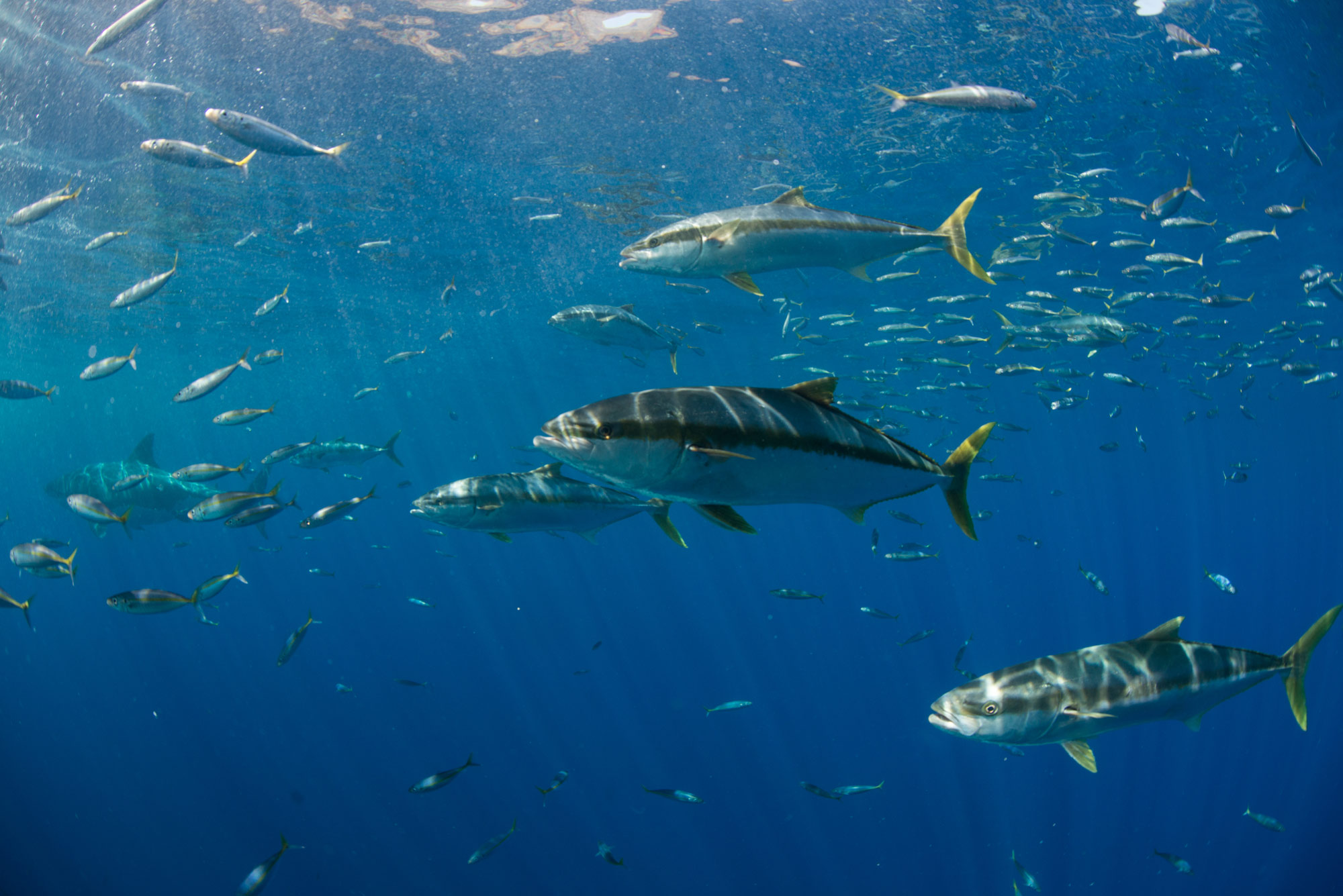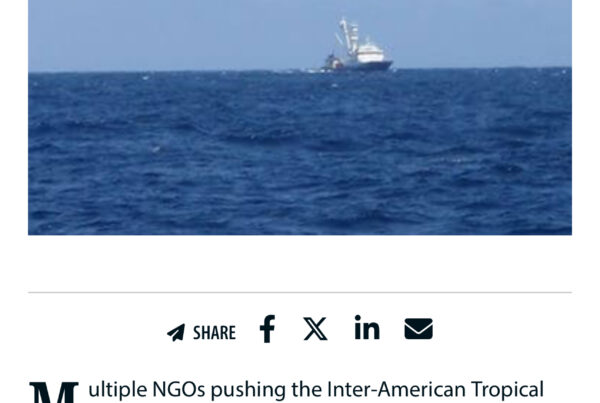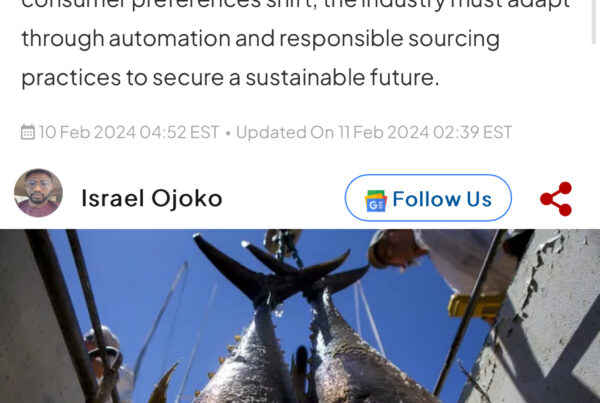- The US is renegotiating the South Pacific Tuna Treaty, a centrepiece of its relationship with 16 Pacific nations and territories
- Growing Chinese influence in the region has led Washington to pursue a broader strategy, including the promise of a three-fold increase in aid under the treaty
When president Barack Obama’s administration announced the United States’ plan to withdraw from the South Pacific Tuna Treaty in January 2016, the threat left signatories disappointed and policy watchers puzzled.
The fishing accord – described as “one of the most important aid and political arrangements” of Washington’s relationship with 16 Pacific Island nations and territories – dictates how much US vessels should pay for access to exclusive economic zones in the waters around the islands.
The threatened move could “starve my country”, warned Mika Perez, fisheries director of Tokelau, a territory of New Zealand that collects more than 90 per cent of its government revenue from offshore fisheries.
But after locking horns for five years over US payments, the tuna agreement was salvaged and amended in one of the final acts of the Obama administration in June 2016.
Six years later, the pact is again up for renewal. But this time, the “exit card” is not on the table.
With increasing Chinese influence in the region, Washington is now trying to start a new chapter with a heavier purse and a broader strategy.
Last week, US Vice-President Kamala Harris gave a virtual address to the Pacific Island Forum at the request of Fiji, the rotating chair of the 18-member intergovernmental regional bloc in the Oceania.
Seeking to “strengthen US partnership” with the region, Harris made a series of commitments. These included the opening of embassies in Tonga and Kiribati, the appointment of the first-ever US envoy to the Pacific Island Forum and the re-establishment the US Agency for International Development’s regional mission in Fiji.
But the highlight was the promise of a three-fold increase in US aid under the South Pacific Tuna Treaty, from US$21 million per year to US$60 million for the next 10 years, with funds targeting climate change; illegal, unreported and unregulated (IUU) fishing; and maritime security.
Originally signed in 1988 between the US and 16 Pacific Island nations and territories, the tuna agreement outlines the rules under which US vessels can fish within the Pacific islands’ 200-miles exclusive economic zones (EEZ) and the number of days they can fish there.



